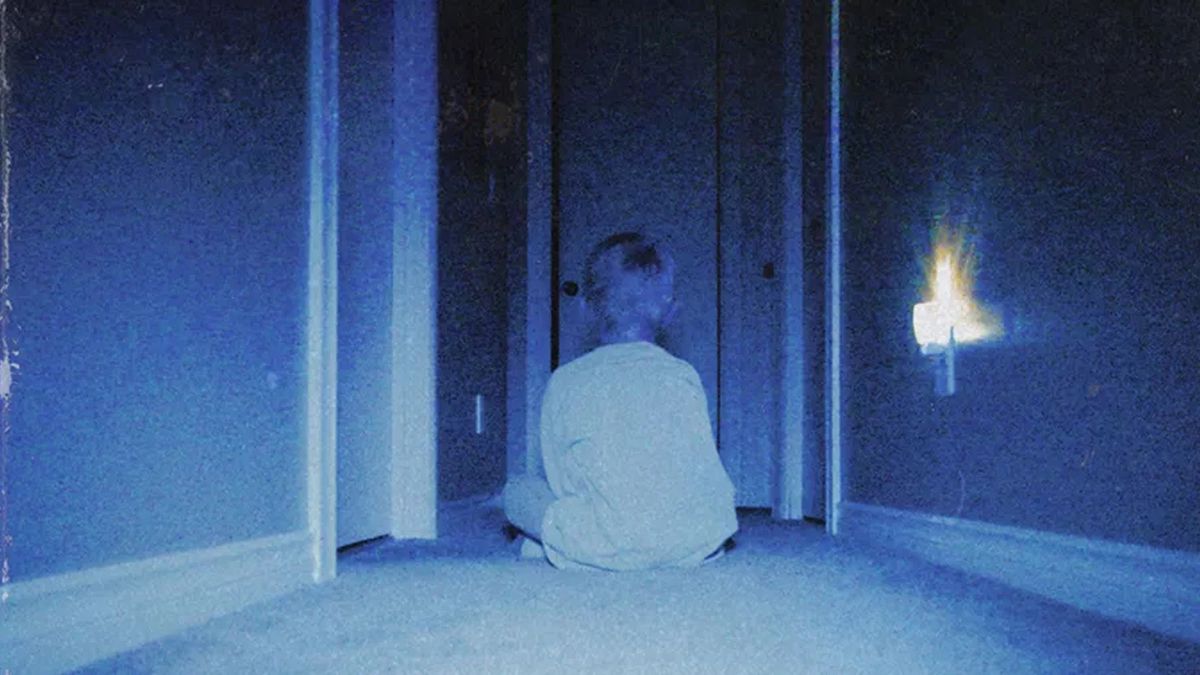By Brittany Snow
Staff Writer
In over the course of four years, Michigan has suffered 15 deaths and thousands of people exposed to lethal infections and diseases due to the Flint water crisis.
There was no commotion regarding the water after the switch to bottled water returned, until this year when city officials voted on no longer distributing bottle water to residents.
“We have worked diligently to restore the water quality and the scientific data now proves the water system is stable and the need for bottled water has ended,” Michigan Governor Rick Snyder stated in a statement released on April 6.
Michigan officials stated that lead levels in the water there have not exceeded federal limits for about two years. The state was closing the four remaining distribution centers where residents have been picking up cases of free water since January 2016 due to the officials viewing them as unnecessary.
“Normally we give out whatever a family wants,” said Bill Quarles, a deacon of the First Trinity Missionary Baptist Church to NBC reporter Erik Ortiz. “But now we may have to limit that until more supplies come in.”
As of early April, 30,000 children have been screened for effects in their drinking water since they’ve been resorted to drink the unsafe water.
There have been many attempts to find a solution to the problem. The crisis has been talked about in the media, and multiple celebrities hosted fundraisers or donated to the cause.
Little Miss Flint (Mari Copeny) and Pack Your Back published a GoFundMe page on April 12 to afford cases of water for the residents of Flint. For each dollar raised, they will provide 11 bottles of water for Flint residents.
In March 2013, Flint City Council members voted on switching their water service from the Detroit Water and Sewerage Department to the Karegnondi Water Authority in order to reduce costs. The switch took place on April 25, 2014 and residents of Flint soon found that the water, looked, smelled, and tasted funny due to the corrosion in the pipelines.
One of the earliest bacteria found in the water was fecal coliform on August 14, 2014, months after the pipeline switch. Following the multiple bacterial findings in the water, there were several health advisories regarding the water which were dropped soon after due to the assumption that the water was safe to use again.
After months of constantly boiling their water and raising their utility bills, researchers confirmed that there were deadly bacteria contaminating the water and that it was no longer safe to use. They were put into a state of emergency and were urged to use only bottled water.
The state provided cases of water for people to use in their everyday life. This included using the bottled water to cook, drink, as well as shower and any other cleaning.
“The most emotionally-trying part for me with them was and still is them recognizing why there is such a difference in their height and their weight,” stated Lee-Anne Walters regarding her 5 year-old twins. “It clicked in their little heads, ‘Ok, we were poisoned.’”
The pipeline crisis is expected to be resolved no earlier than 2020.

